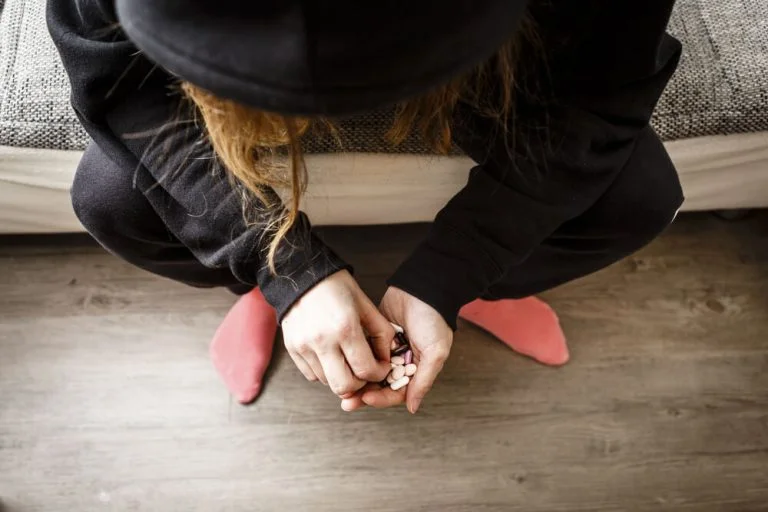What Are the Stages of Opioid Withdrawal?
Opioid addiction affects more than 2.5 million Americans, and research shows that fewer than ten percent of addicted individuals get the help they need to recover. Opioid addiction in particular is tough to beat due to the intense withdrawal process, which includes powerful cravings that can linger for months or even years. The good news is that you don’t have to suffer unnecessarily from opioid withdrawal. Here, we answer questions like, “what are the stages of opioid withdrawal?” and “how long is the opioid withdrawal duration?” We’ll also offer some tips on how to deal with opioid withdrawals.
What are the stages of opioid withdrawal? Read on to learn about what h
appens when you quit using opioids.
Why Does Opioid Withdrawal Occur?
Before we answer the question, “what are the stages of opioid withdrawal,” it’s important to understand why withdrawal occurs.
Addiction and dependence are not the same thing. While addiction is characterized by compulsive opioid use despite the negative consequences it causes in your life, dependence is characterized by withdrawal symptoms that occur when you stop using.
Heavy opioid abuse causes your brain to change its chemical function in order to compensate for the presence of opioids. It does this by reducing the activity of neurotransmitters that are increased due to opioid use. This results in tolerance, which occurs when you need larger doses to get the desired effects. At some point, brain function may shift so that the brain now operates more comfortably when opioids are present than when they’re not.
When you stop using opioids once you’ve developed dependence, normal brain function will rebound. This causes the onset of withdrawal symptoms, which can be excruciating.
What Are the Stages of Opioid Withdrawal?
Not everyone will experience all of the symptoms of opioid withdrawal, and the symptoms can range from mild to severe, depending on a number of factors. The early stages of opioid withdrawal include symptoms like:
- Agitation and anxiety.
- Muscle aches.
- Insomnia.
- Runny nose.
- Sweating.
- Yawning.
The later stages of opioid withdrawal include:
- Abdominal cramps and diarrhea.
- Nausea and vomiting.
- Chills and goosebumps.
- Dilated pupils.
The opioid withdrawal duration ranges from a few days to a few weeks, depending on factors like:
- How much of the drug is in your system at the time of detox.
- The length and severity of the dependence.
- Your age.
- Your biology.
- Your general state of physical and mental health.
- Whether you engage in medical detox
Because these factors determine the symptoms, length, and severity of opioid withdrawal, there is no single right answer to the question, “What are the stages of opioid withdrawal?”
How to Deal With Opioid Withdrawals
Medical detox is essential for safe, effective, and comfortable opioid withdrawal. During medical detox, medical professionals administer medications as needed to reduce the intensity of symptoms and shorten the opioid withdrawal duration. But while medical detox removes all opioids from your system, cravings can linger for weeks or months, making recovery difficult.
The best way to deal with opioid withdrawals is to avoid them altogether by opting for medication-assisted treatment, or MAT. MAT has been shown through research to be highly effective for treating opioid addiction and dependence.
Medication-assisted treatment involves taking one of two medications that prevent the onset of withdrawal–buprenorphine and methadone–or going through medical detox and then taking Suboxone. All three medications reduce cravings to help you stay on track with recovery.
Medical Detox and MAT Don’t Treat Addiction
Addiction is far more complex than dependence, and treating it requires a variety of intensive therapies that help you change harmful thought and behavior patterns and develop the skills and strategies you need to stay sober for the long-term. High quality addiction treatment through a holistic treatment program helps many people end even a severe opioid addiction for the long-term while improving their lives on many fronts. The National Institute on Drug Abuse stresses that willpower is rarely enough to end an addiction for good. Treatment is almost always essential. Treatment works, and it can work for you.
If you or a loved one is struggling with addiction, get help right away. Make a phone call that will connect you to a professional drug treatment center. The call you make may save your life or the life of someone you love. Call us today at (800) 429-7690.






